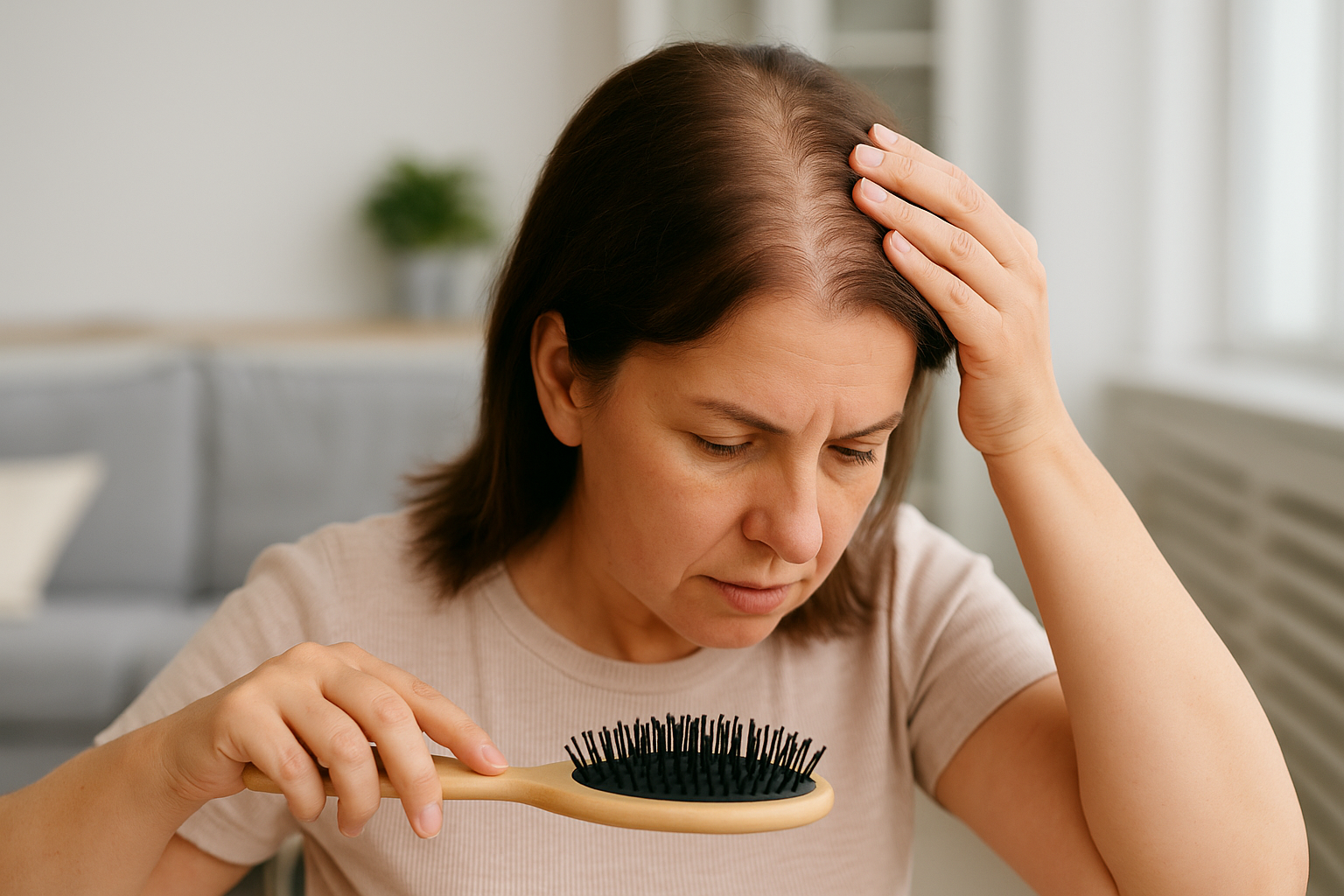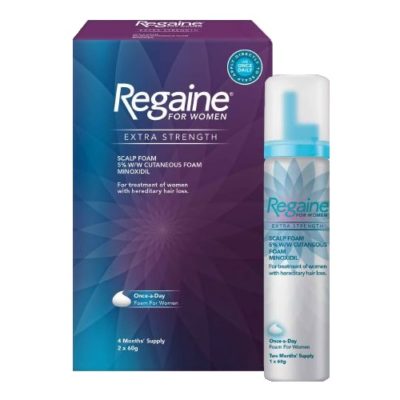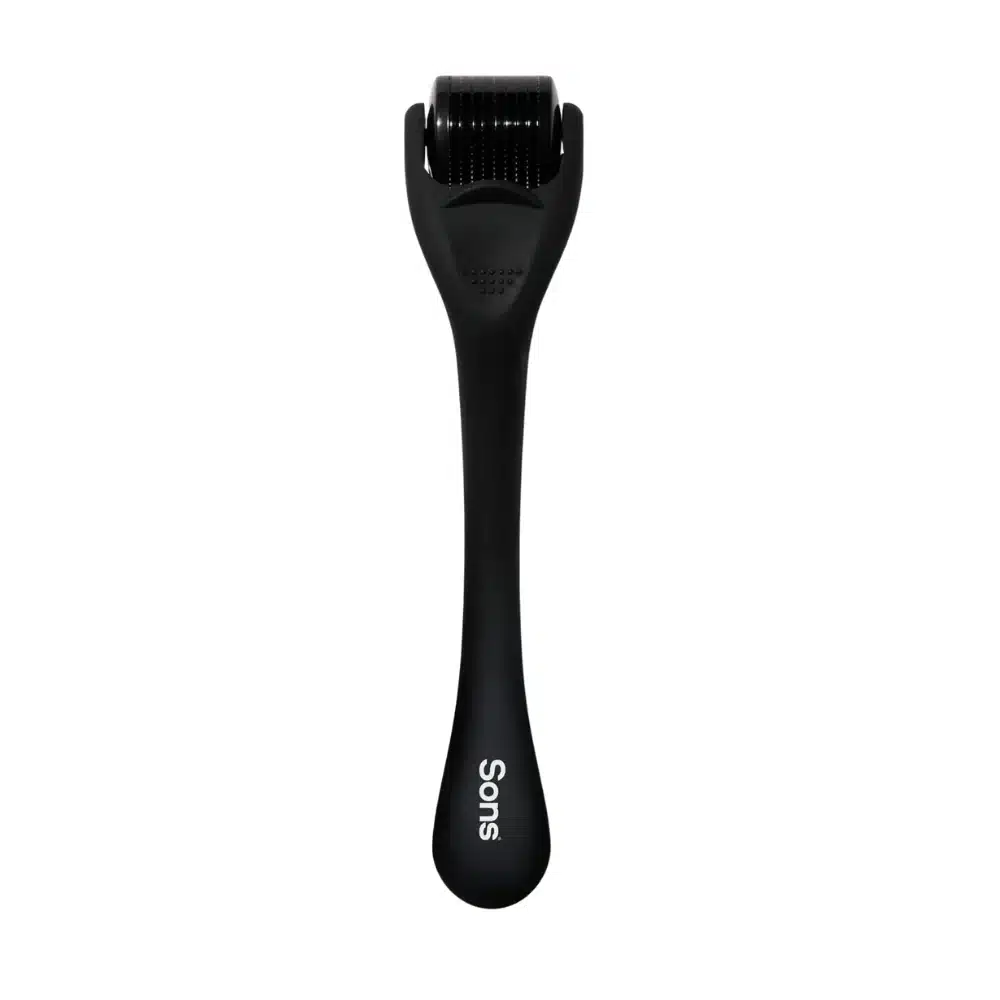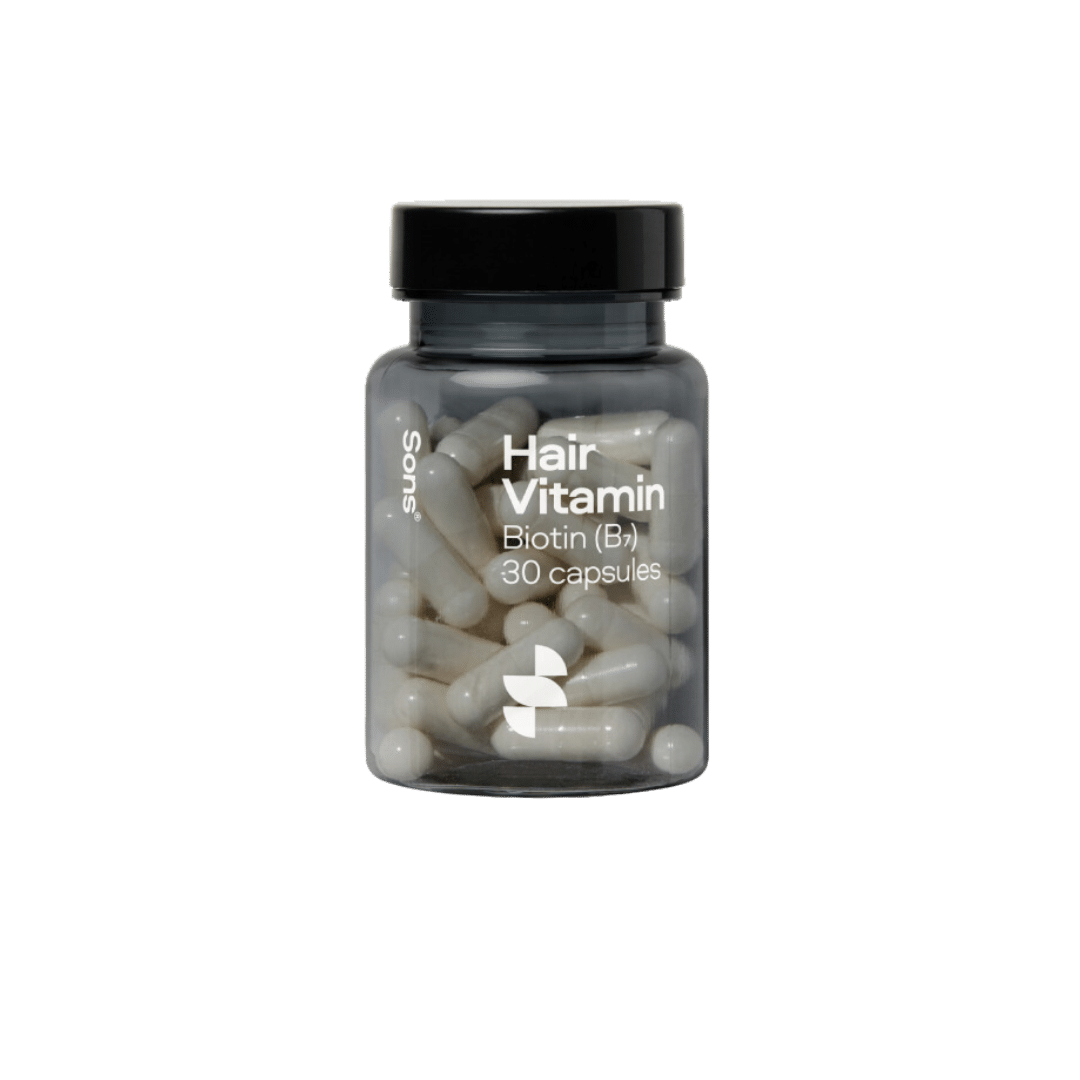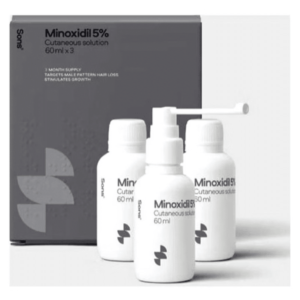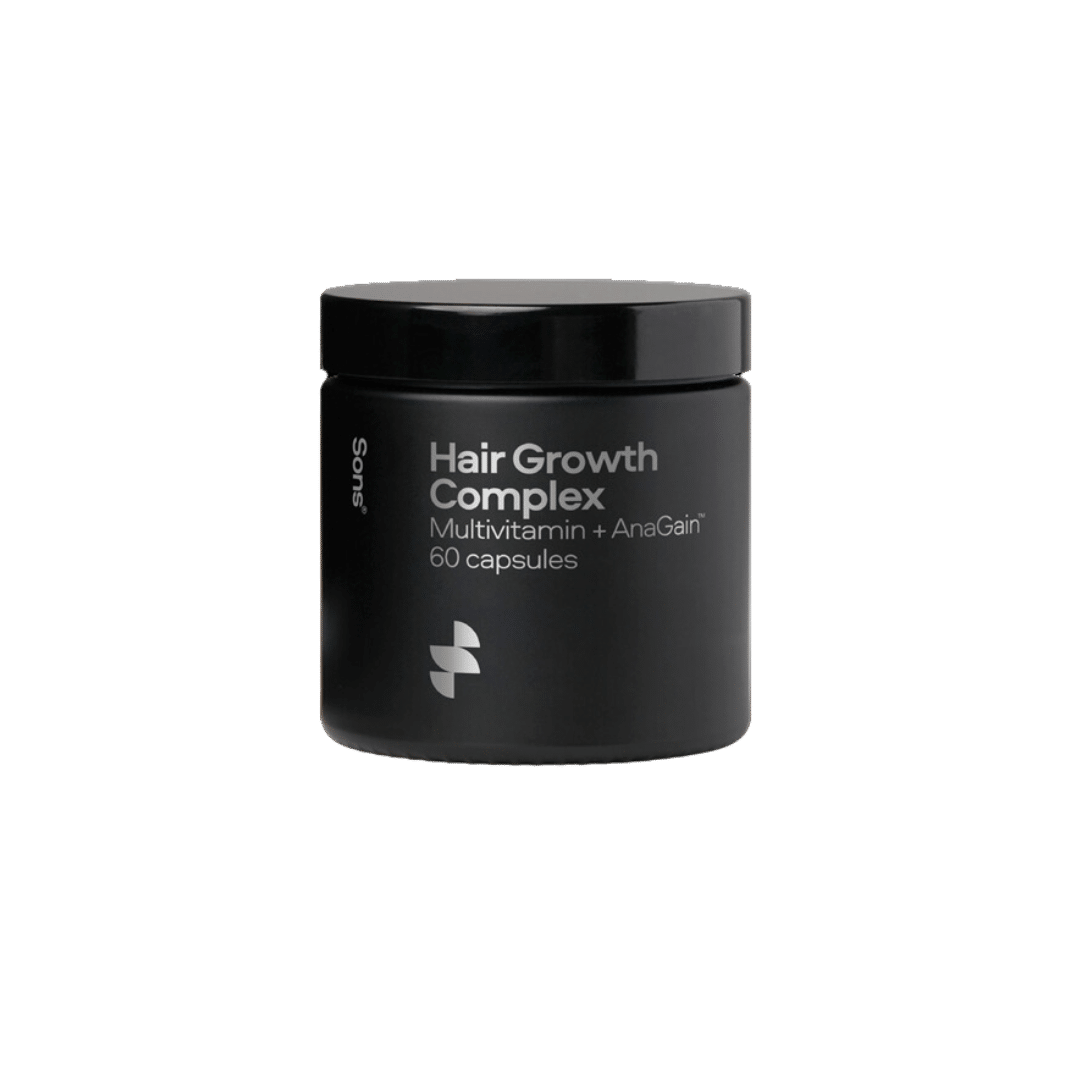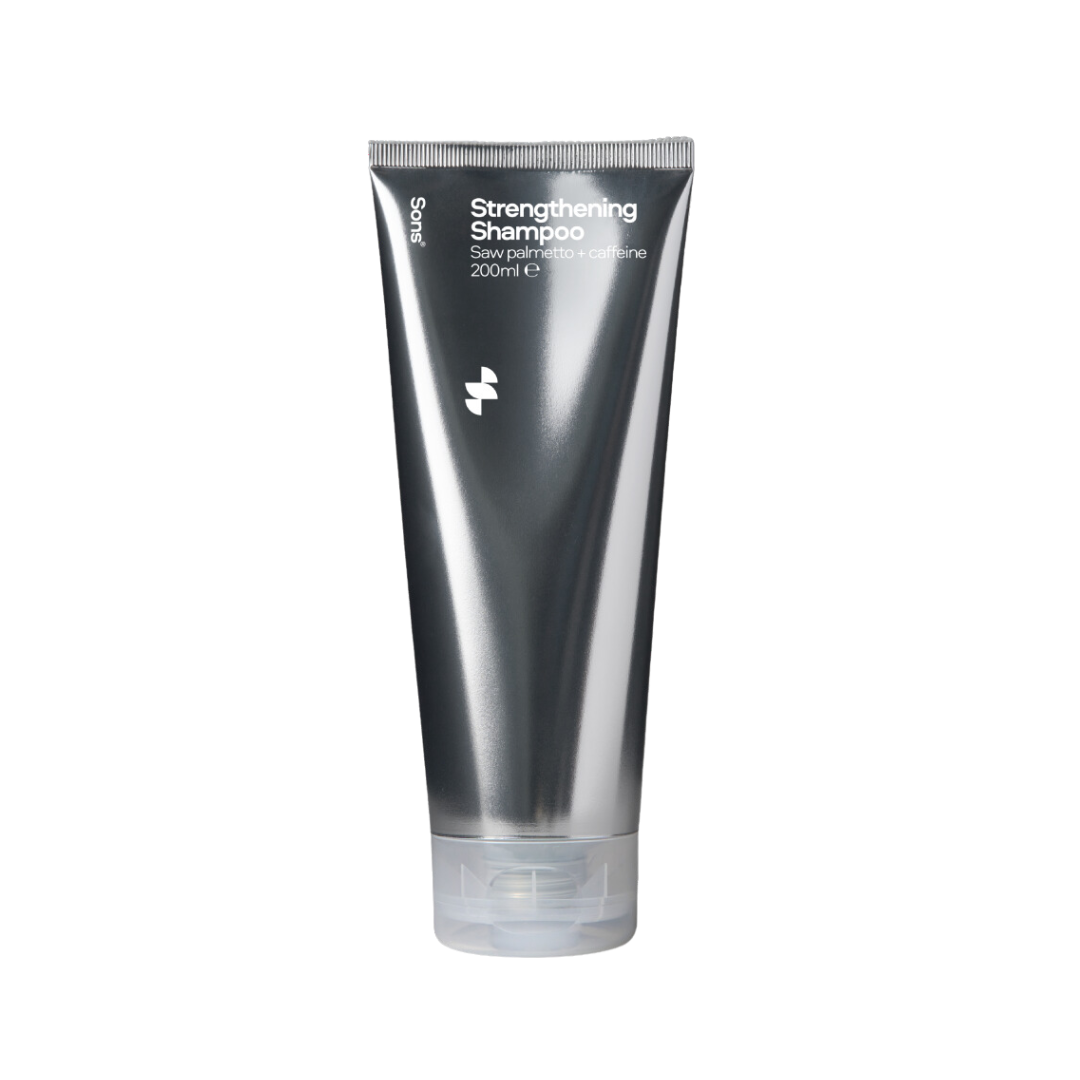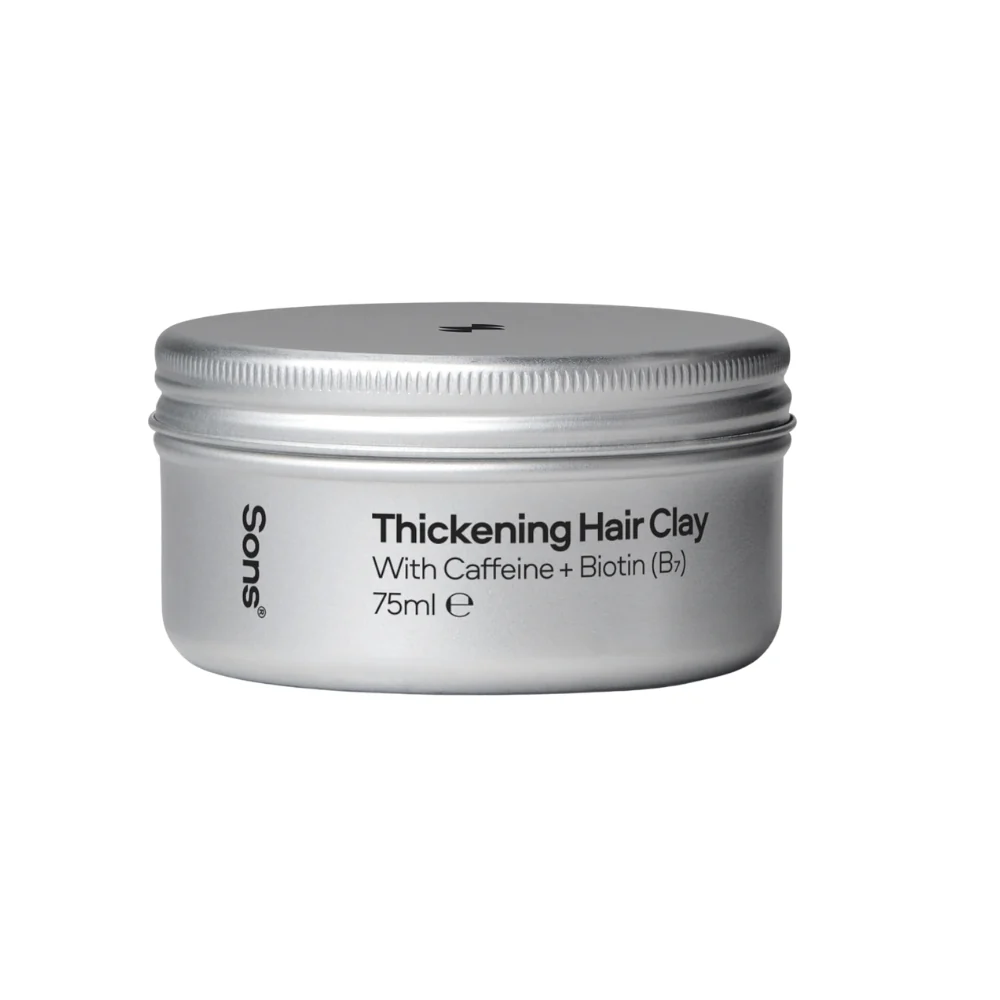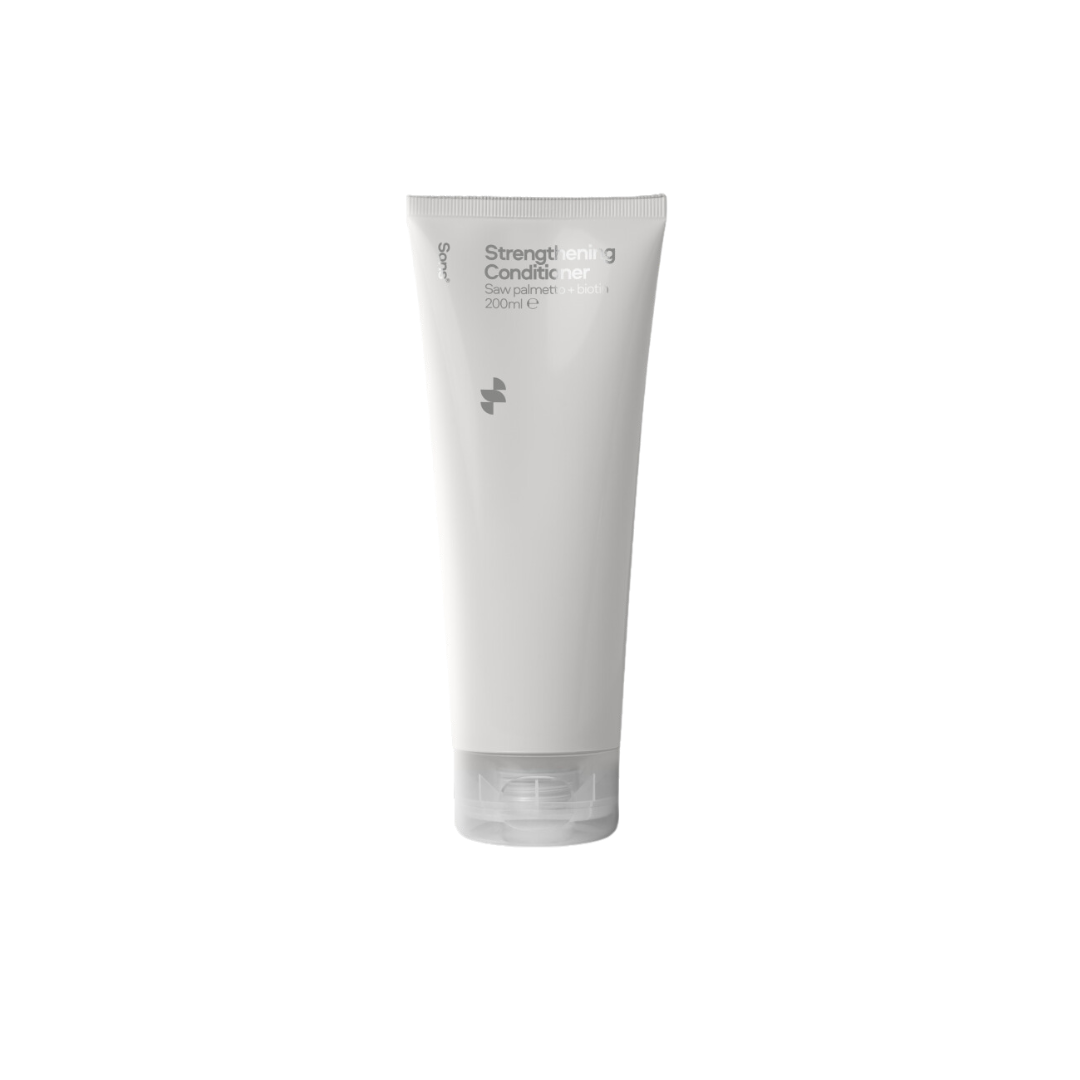Hair loss in women is common and often distressing. The causes range from female pattern hair loss to temporary shedding after illness, iron deficiency, thyroid problems and postpartum changes. This guide explains how to spot patterns, which treatments have evidence and when to see a doctor.
Female pattern hair loss: how it looks and why it happens
Female pattern hair loss usually shows as gradual thinning on the top of the scalp with a widening part, rather than a receding hairline. Hair follicles become smaller over time. Family history is common, but many women have no clear family link.
Because many conditions can mimic this pattern, assessment matters. Ask a doctor to review the scalp and consider blood tests for iron, thyroid and vitamin levels if symptoms point that way.
Telogen effluvium: shedding after stress, illness or pregnancy
After a trigger, such as high fever, surgery or significant life stress, more hairs enter the shedding phase together. This is called telogen effluvium and usually improves within months of the trigger settling.
After pregnancy, postpartum hair loss is common. See our focused guide on postpartum hair loss for time frames and practical care.
PCOS and hormonal hair changes
In polycystic ovary syndrome some women experience thinning hair, acne and excess facial or body hair. If you have irregular periods, fertility concerns or symptoms of high androgens, discuss testing and treatment with a doctor.
Treatment options for women: minoxidil and scalp care
Topical minoxidil, such as Regaine, has the strongest evidence base for female pattern hair loss. Forms include foam and solution. Results require consistent use for several months. Irritation can occur, so discuss alternatives with a pharmacist if needed.
You can order Regaine for women online and get it delivered to your door in 1-2 days.
Simple scalp care helps hair look fuller. Wash regularly, massage gently and rinse products thoroughly. Consider a cosmetic thickening spray or fibres for confidence during regrowth.
Nutrition, iron and thyroid checks
Low iron stores and thyroid imbalance are common contributors to diffuse hair loss. If you feel tired, cold, short of breath or have brittle nails, mention these to your doctor. Only take iron if advised after a blood test.
Balanced eating patterns that include protein, whole grains, vegetables and fruit support healthy hair growth. Crash diets and restrictive plans can worsen shedding.
When to seek medical advice
Arrange a review for sudden patches, scarring, pain or if hair loss progresses quickly. Bring a list of medicines, as some treatments, including high dose vitamin A or certain acne medicines, can contribute to shedding.
Supports available in Ireland
FAQs
Does minoxidil work for women?
Yes, topical minoxidil is the first line option for many women. It needs months of consistent use. Discuss the best strength and formulation with a pharmacist or doctor.
Will postpartum shedding cause permanent baldness?
Postpartum shedding is usually temporary. Most women notice improvement within months. See the postpartum guide for timelines and gentle care ideas.
Should I take biotin or other supplements?
Supplements help only if you are deficient. Speak with a doctor before taking iron or high dose vitamins.
Still unsure about the next step? Our pharmacists are happy to help. Contact us for friendly, confidential advice.

